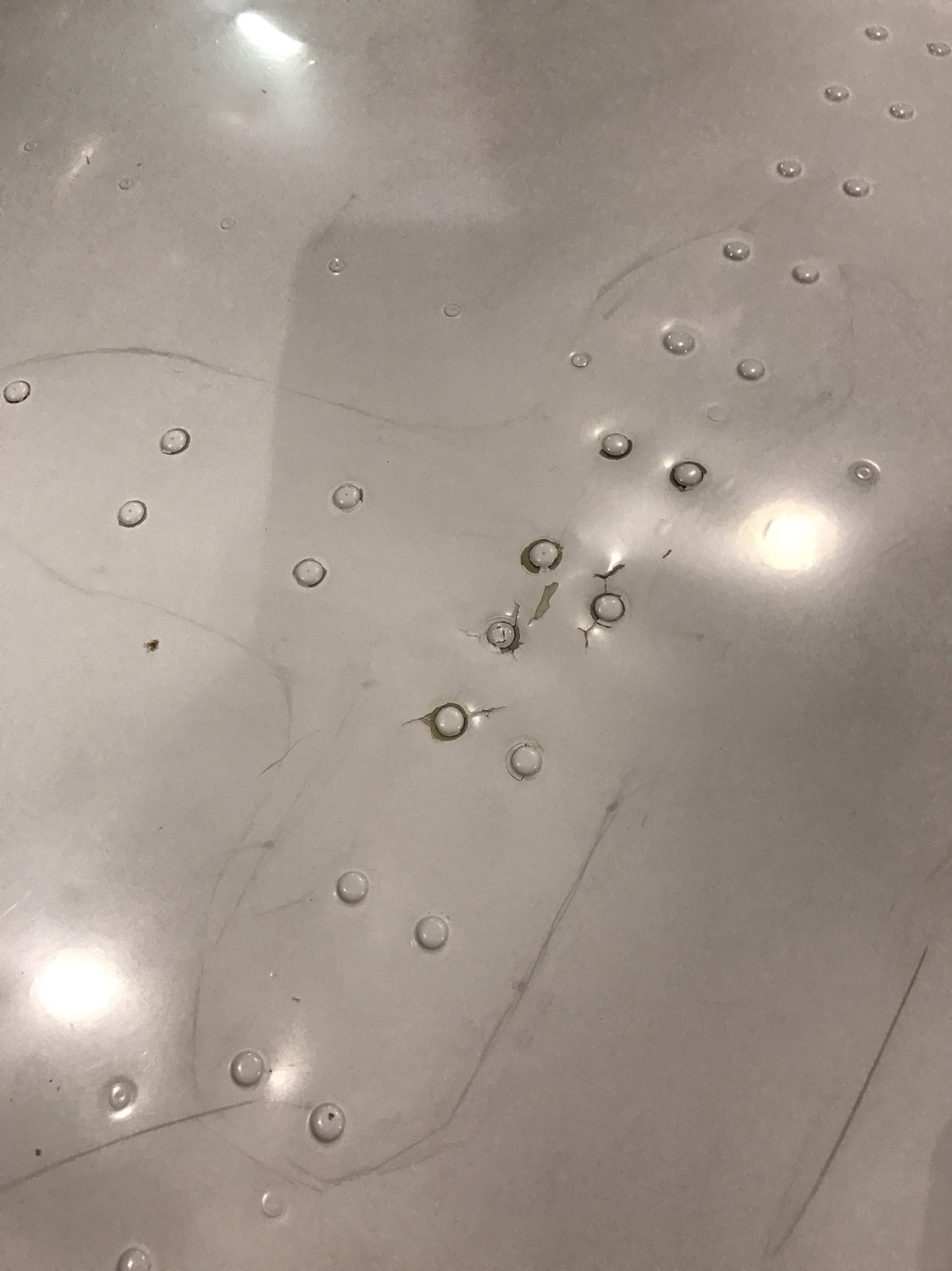how do you measure hard landings? I have made a hard landing or 14 in my student days (and after)... but what I think as hard landing might not be hard landing and vice versa.. i guess what i am trying to understand is when do you go to the A&P and tell em - hey i think i got a few hard landings.. check em over
I have wondered the same, I'm sure there's a textbook answer, however the everyday pilot probably just comes down to judgment.. and given that many of these are rentals, and there's a certain amount of embarrassment in reporting a screw-up, I bet most hard landings and exceedances are not reported unfortunately.. I have always just hoped that the annual inspections do their due diligence in looking for any airframe issues
I remember that picture! I have seen that trick done a few times, with other planes too.. the pictures are definitely a cool party trick, and do instill a sense of confidence, but I wonder how much physics wizardry is actually going on there
The picture I have of the Mooney shows 15 people on each wing, using very rough napkin math if I add up the weights I get, for each wing the following, assuming the gear is the fulcrum:
Outboard of gear:
11 people outside the gear=~ 1900lbs
Inboard of gear:
4 people inside the gear=~700lbs
+
Half fuselage=~500lbs
=1,200lbs
So it seems that the greatest stress point is just outboard of the landing gear supporting almost 2,000lbs.
Now let's say the max TO weight is 2,900 lbs, each wing carries say 1,200 lbs (not 1,450 because the wing weight doesn't count)
Now I don't have the poh, but if we take a very conservative 3.2 Max G load then 3.2 X 1,200 = 3,800lbs, which is well above the 1,900 we calculated above. Yes, the wing in the photo is in negative load, but even just the 1.5 negative load factor still puts the wing right around that 1,900lb load. I'm sure when the engineer is playing that photo together with marketing and they did the math
Anyway, take that napkin math with a huge grain of salt, but I think you could take that famous Mooney picture and do it with just about any certified standard category airplane.. yes even your standard rental School Cherokee
I do get though that Moonies have a reputation for being rock solid airplanes, this is not a refutation of that, more just my dorky curiosity into the numbers at play



